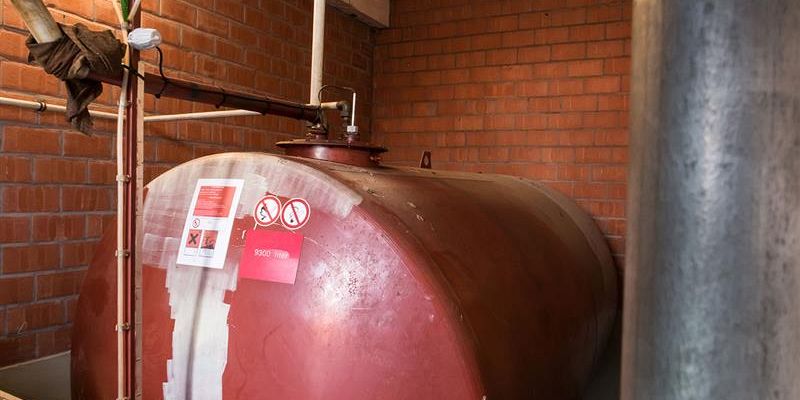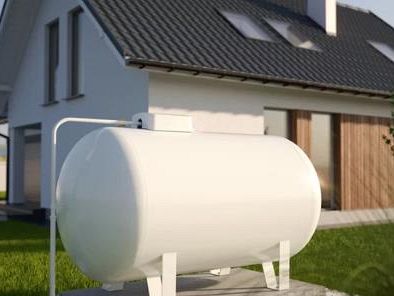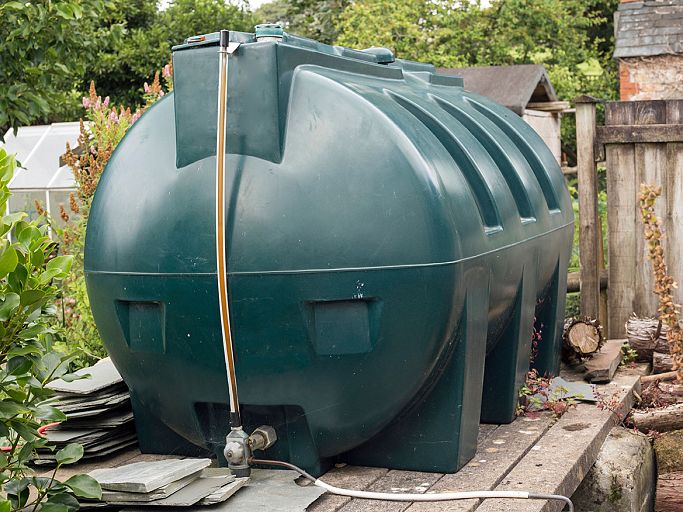- Oil
- Diesel
- Petrol
- AdBlue
- Water
- Sewage
-
Brands
- New Releases
- In Stock
- Sale
- Best Sellers
- Fuel Tank Hire
- More
-
Services
7 signs your oil tank needs replacing
4th August 2022 in oil

Elsewhere we’ve blogged about the importance of making sure oil tanks are maintained – the implications of not doing so in terms of efficiency and also cost. We listed steps you could take to make sure you get the most out of your oil tank and that it has a long and useful life.
In this edition we’re looking at the tell-tale signs that mean it’s time for repairs or an upgrade. In either circumstance it’s always best to get the professionals involved for checks, services and a new oil tank installation- but more of that later. For now, these are the things you should look out for…
- Poor performance: Good overall indicators of damage to your tank are decreased efficiency in your heating system, and an increase in your costs. There’s no hard and fast rule, of course, as things are different from system to system, but both factors can point to the possibility of leaks or ‘pollution’ in your system.
- Visible signs of damage: More often than not, domestic oil tanks are located above ground rather than buried in the backyard or garden, so it’s easy enough to perform an inspection. You should look out for any signs of corrosion, rust, discolouration, denting, warping, deformity and holes or cracks on the tank. If there is this kind of damage on the outside of your tank then it’s almost certainly time to invest in an oil tank replacement. It’s likely that these signs will mean the inside is damaged and in a much worse condition.
- Holes and cracks: Major exterior signs that your tank is suffering from interior corrosion include cracks, pinholes and small breaches of a similar nature. As we mentioned a moment ago, exterior damage often points to serious interior damage. A further problem is that sometimes cracks, or holes are not easily detectable or accessible, or even particularly visible to the naked eye. However, it’s possible to pick up on clues. Puddles of oil around the oil tank or along any piping suggest leaks, and an ever-present smell of oil near your tank is also a good clue.
- Oil lines: Damage to the lines connecting the oil tank to your boiler will likely manifest as cracks and splits – an oil leak is likely to follow from these sorts of problems. If this is the case then your tank should be serviced by a professional, and this will involve repairing or replacing the lines.
- Damaged components: If the instruments (e.g., fuel gauge and vent alarm) of your tank are damaged the efficiency of your entire home heating system will be compromised. If the gauge doesn’t work, you won’t be able to tell how much fuel you’ve got in the tank and if the vent alarm is broken a supplier will not fill the tank. So, if these components are damaged or broken, you’re running the risk of not having the necessary amount of fuel to last until your usual refuelling period. The cost of replacing an oil tank gauge can vary – to the point that on older tanks it may not even be worth it. Oil tank replacement professionals can help to guide you in the right direction of fixing the existing gauge or replacing the oil tank altogether.
- Leg or platform weakness: Your oil tank is probably supported by legs and sits on some sort of platform. The condition of those is a good ‘tell’ for the overall state of your tank set-up. If legs have weakened, it’s possible to replace them – though, depending on the exact circumstances, it might be simpler to replace the whole tank. If the oil tank sits on a platform which is in need of replacement, it may be logistically difficult due to the way the oil tank is affixed or how the pipework is connected up and ‘plumbed in’. You should allow a professional to advise you at this stage or, better still, employ them to undertake the work!
- Damage from the elements: No, not electric elements like in your kettle - the actual elements. Some form of weather cover is advisable so you can make sure that snow, ice or rain don’t get into your oil tank. This is absolutely crucial as they can cause internal damage. Condensation forms and the resulting water mixes with rust and oil at the bottom of the tank (below the actual oil, which floats above this sludge-like mix).
Oxidised metal and water can cause damage throughout your heating system as a consequence of getting into your fuel supply and causing blockages in pipes, filters and valves. A clean-out of the system is a good idea, but it’s also possible that a replacement of the oil tank is what is really necessary.
It's worth remembering that the type you have (plastic, steelor bunded oil tanks) can affect the likelihood or regularity of any issues. As we’ve shown here, there are various steps you can take to check off the things that might point to repair or replacement of your oil tank.
Regular maintenance can mean you’re ‘ahead of the curve’ and avoid potentially expensive costs while also ensuring efficient performance. Ultimately, oil tanks don’t last forever but you should get a respectable life out of a new one - and if you follow our basic guide you can ensure you stay problem-free for as long as possible. It’s unlikely you’ll need to be going on the internet to ask, ‘how much is an oil tank replacement?’
One of the largest selections of tanks in the UK
Chat online or call us today on 01469 531229
Related Products
More Articles

How to Prevent Oil Theft – 8 Security Measures
1st August 2022 in oil

7 signs your oil tank needs replacing
4th August 2022 in oil

What are the advantages of a bunded oil tank?
6th August 2022 in oil

Our top 8 ways to maintain your oil tank
8th August 2022 in oil
Help
About Us
My Account
Newsletter Sign Up
Inspiration direct to your inbox, please enter your email below...
Help About Us My Account
© Tanks R Us. All rights reserved. Registered in England. Registration number. 05804332. VAT number 364402764
Designed and produced by Kal Group